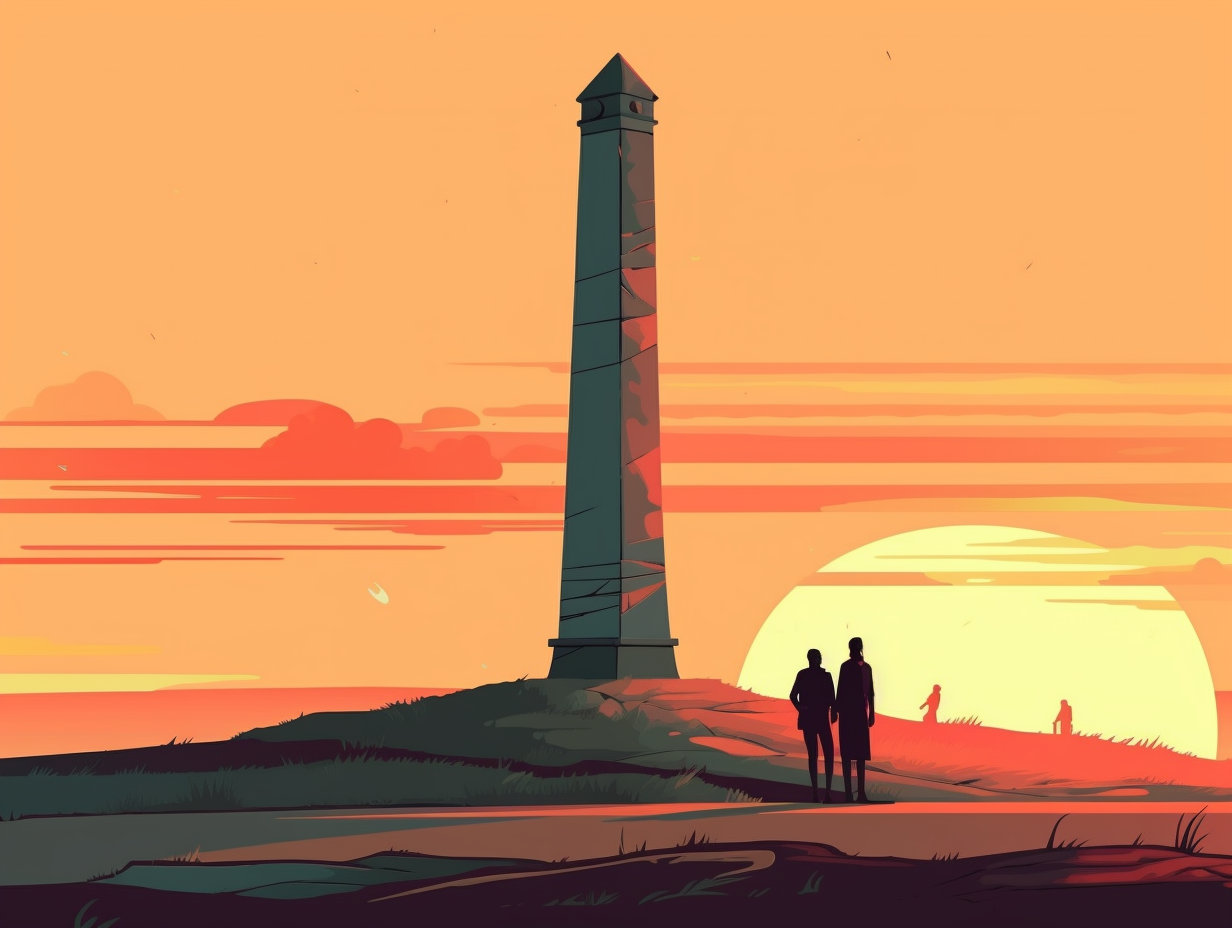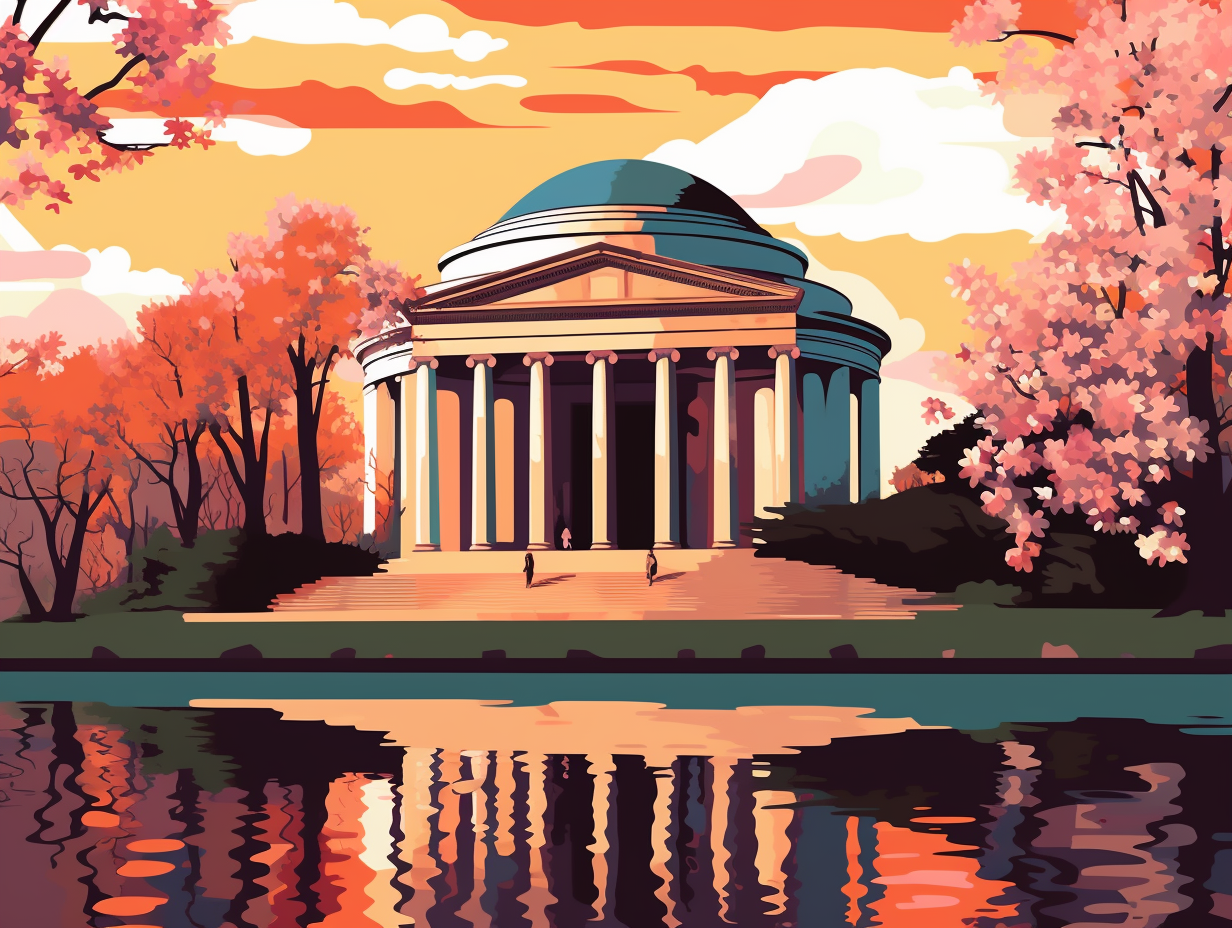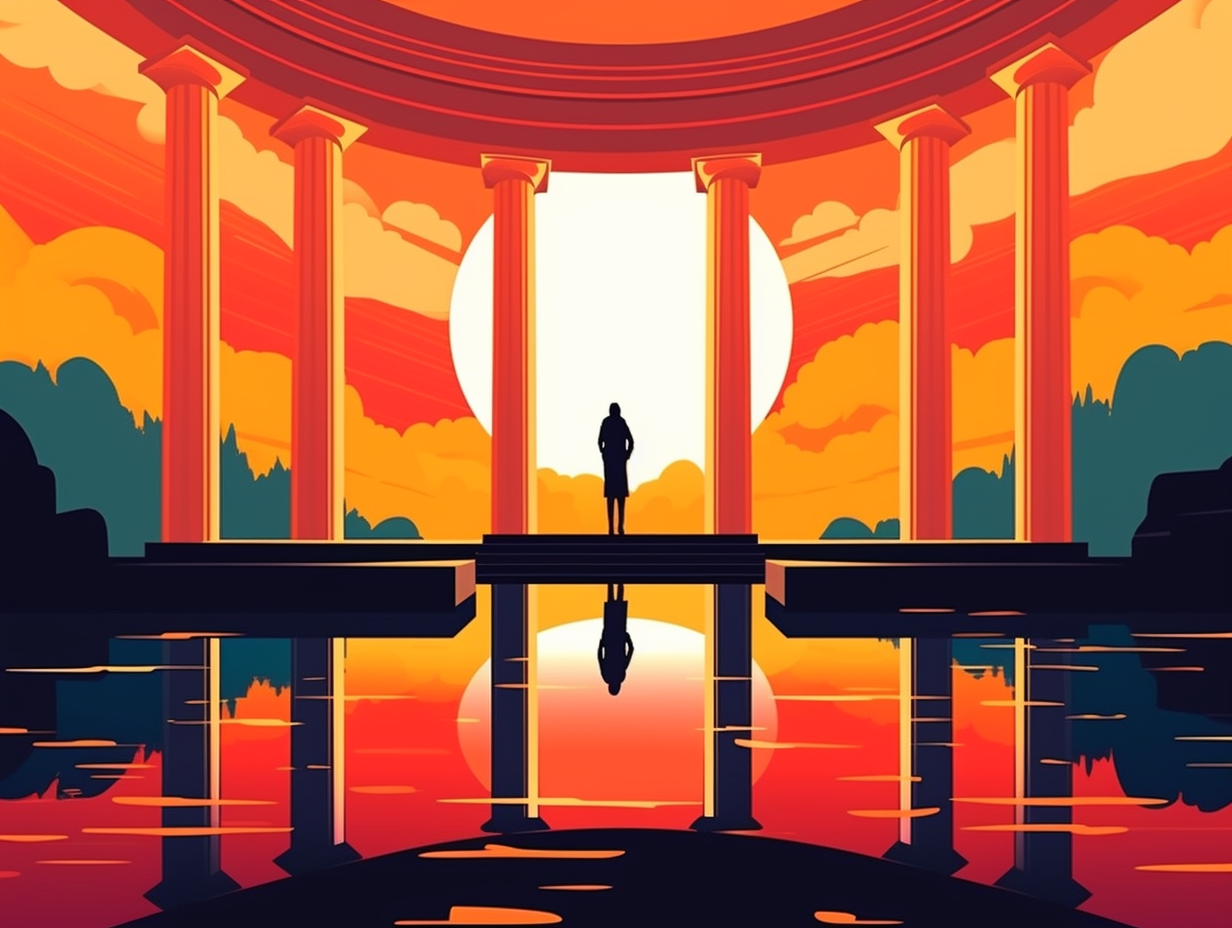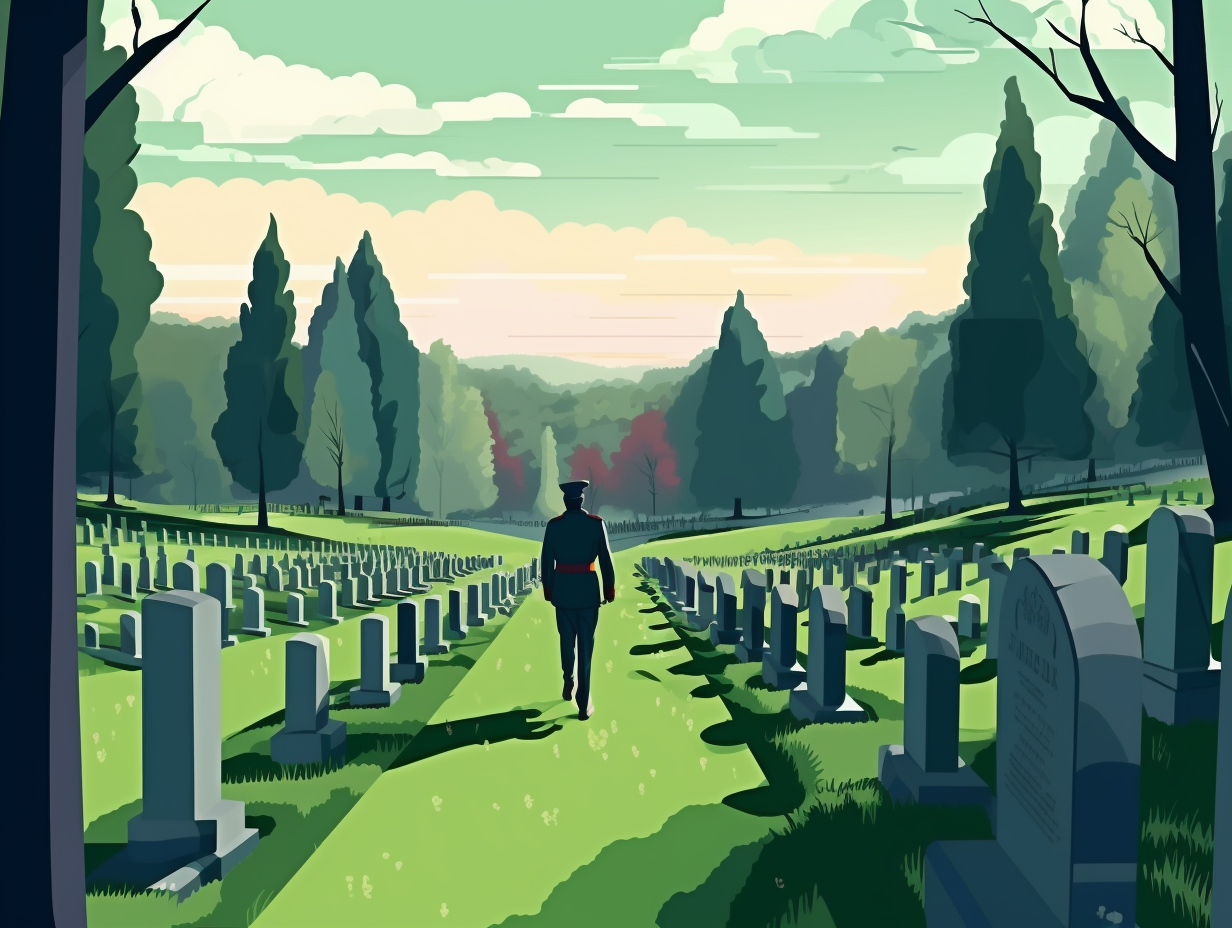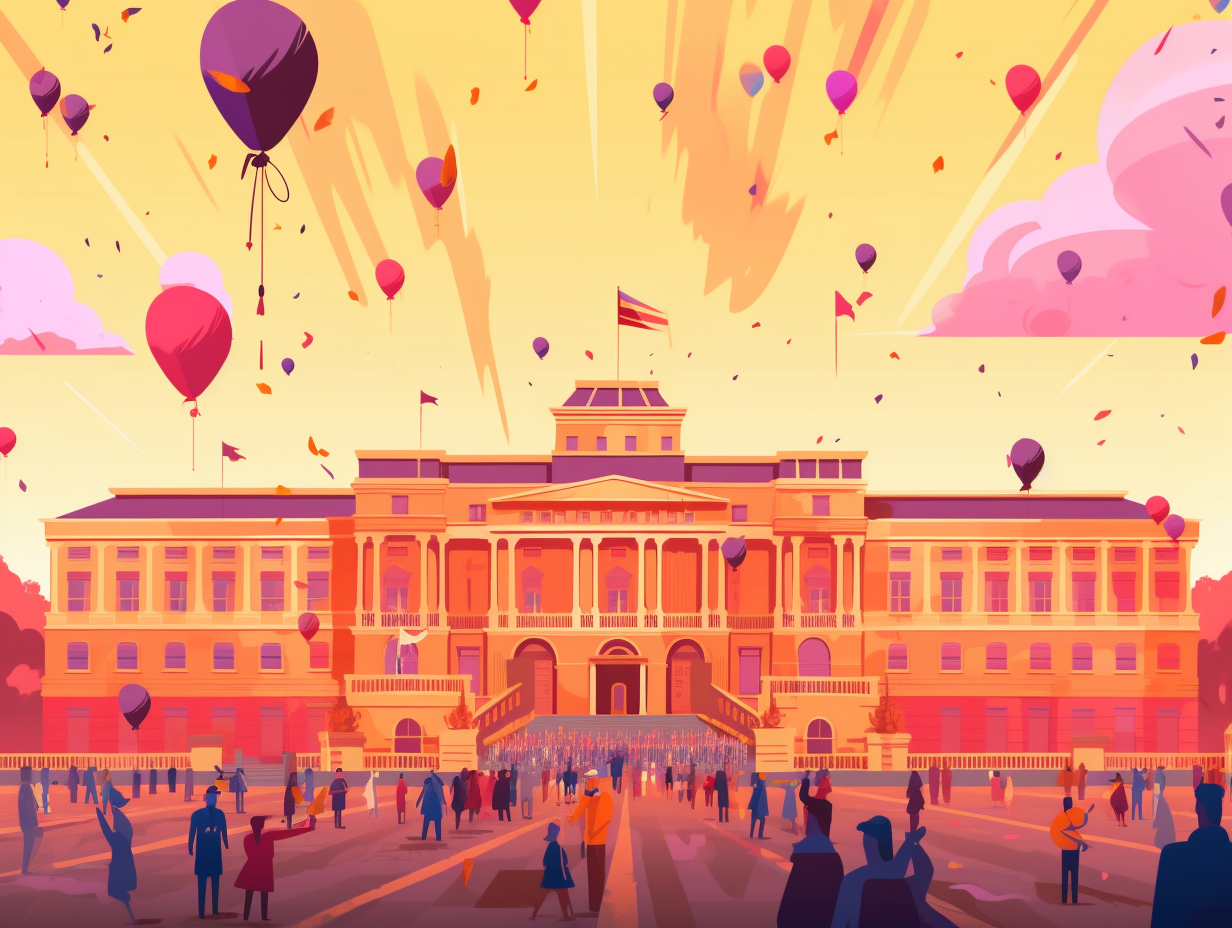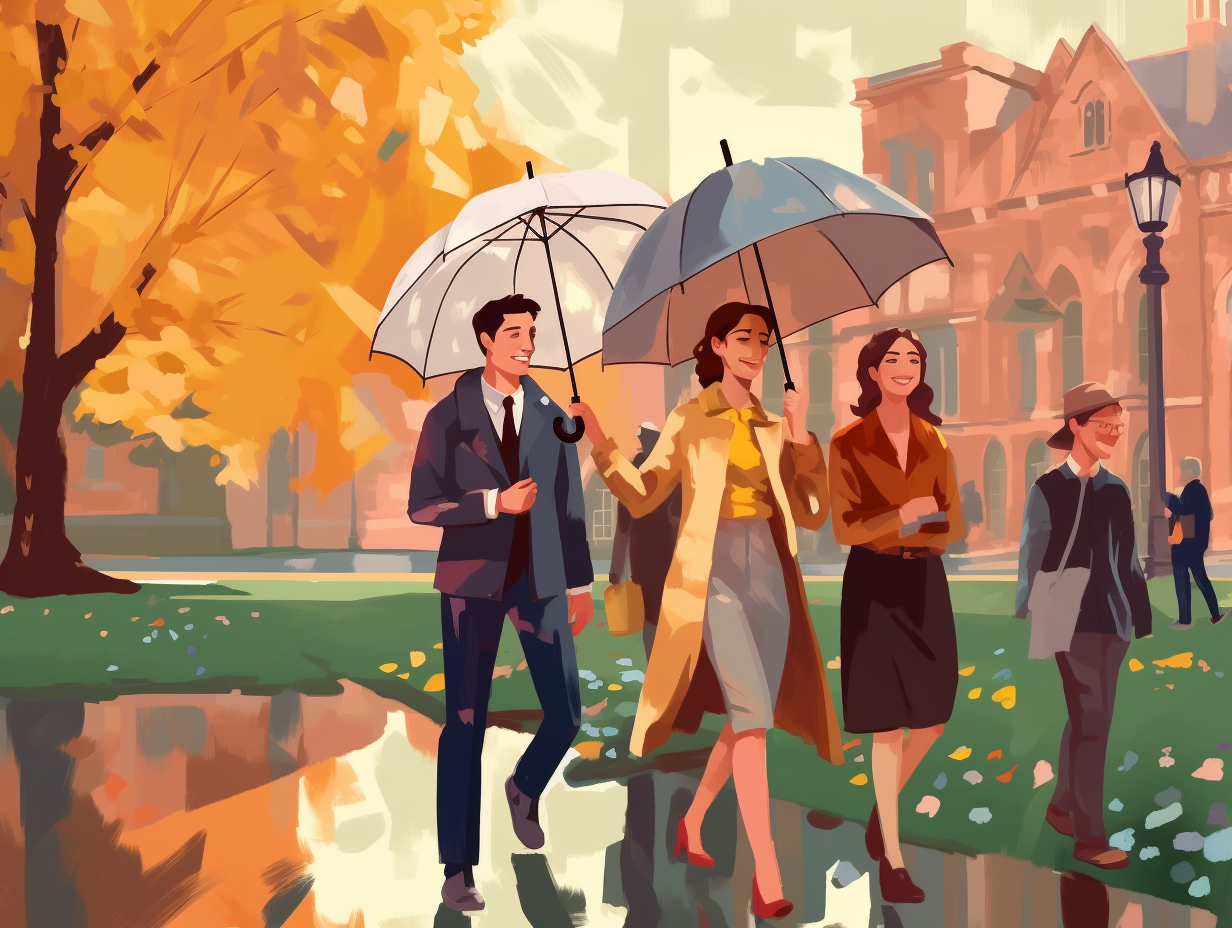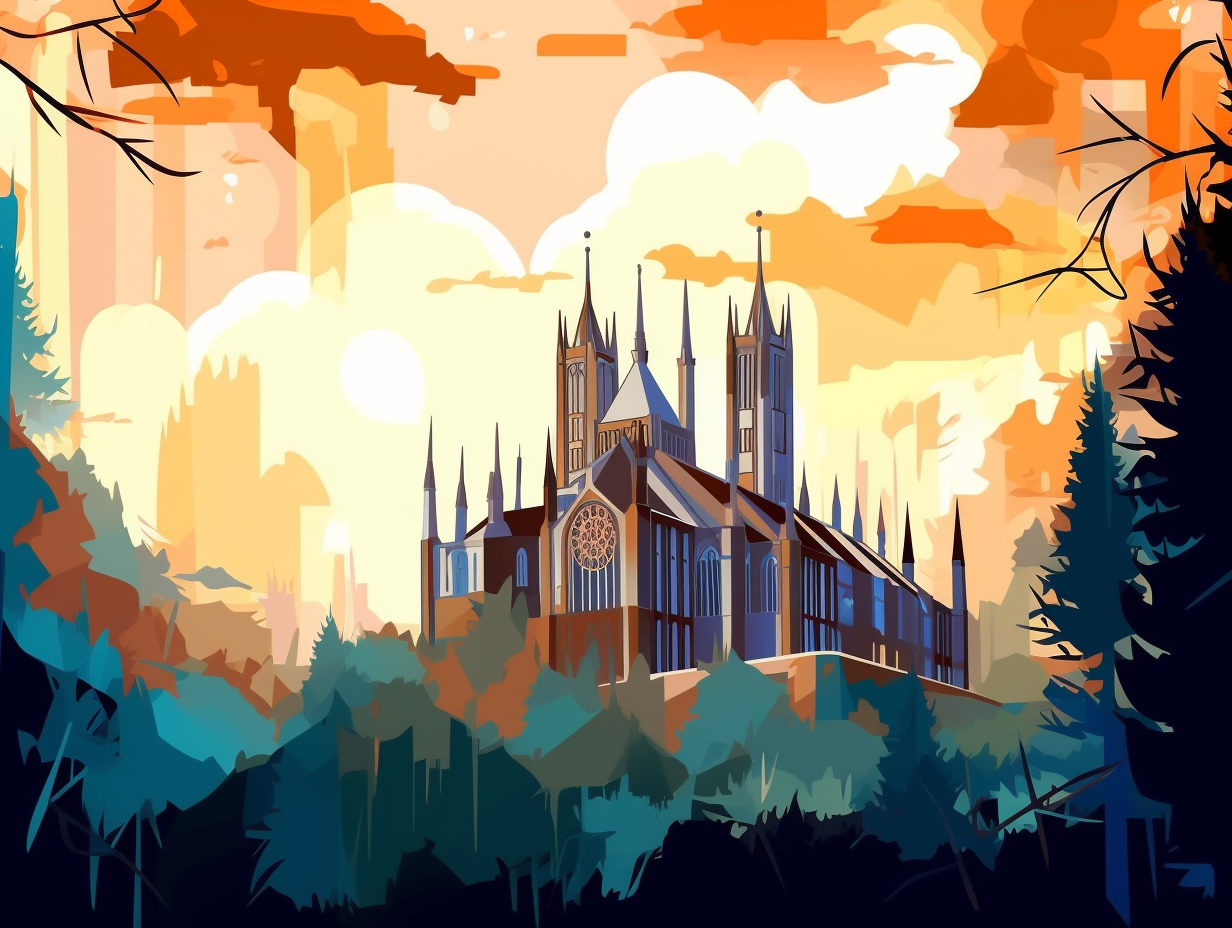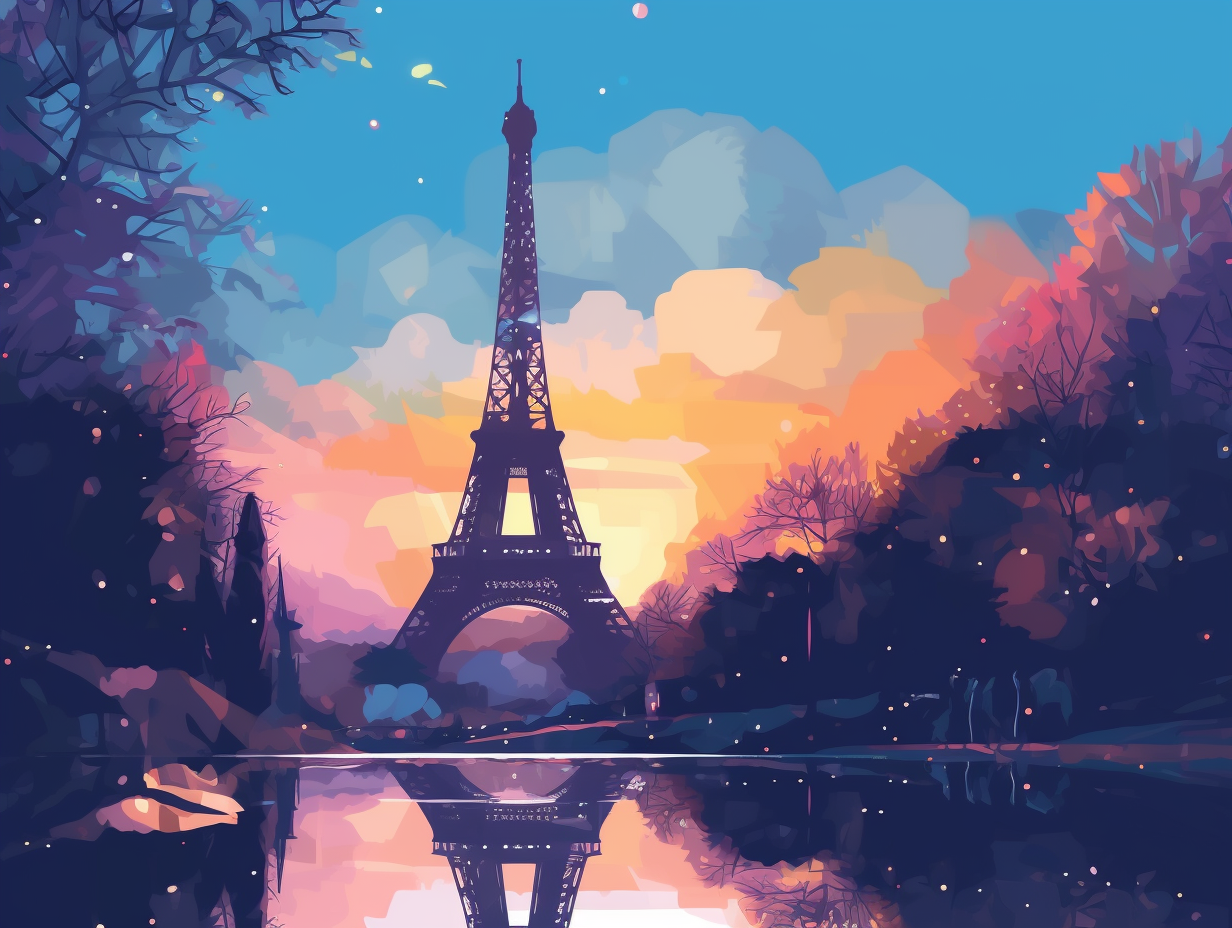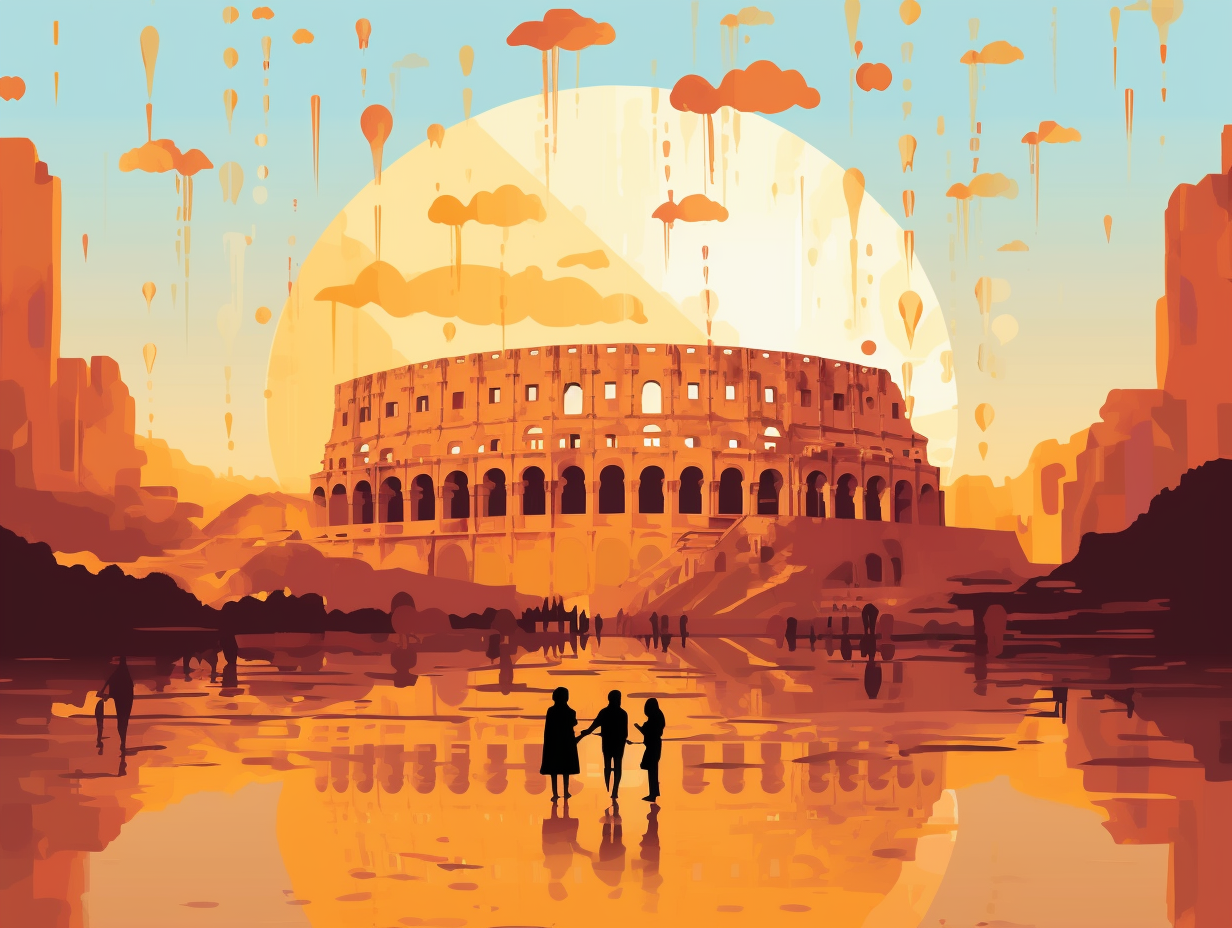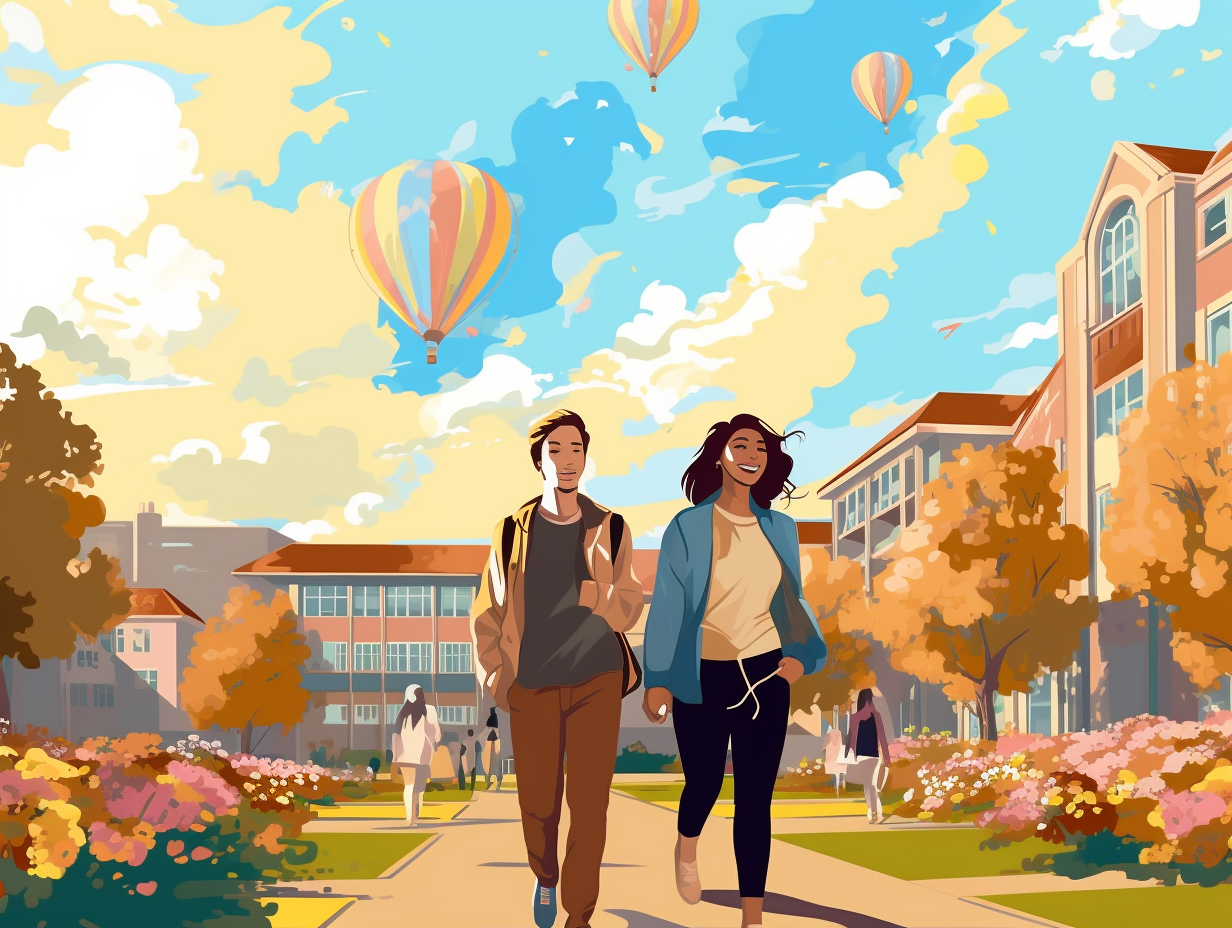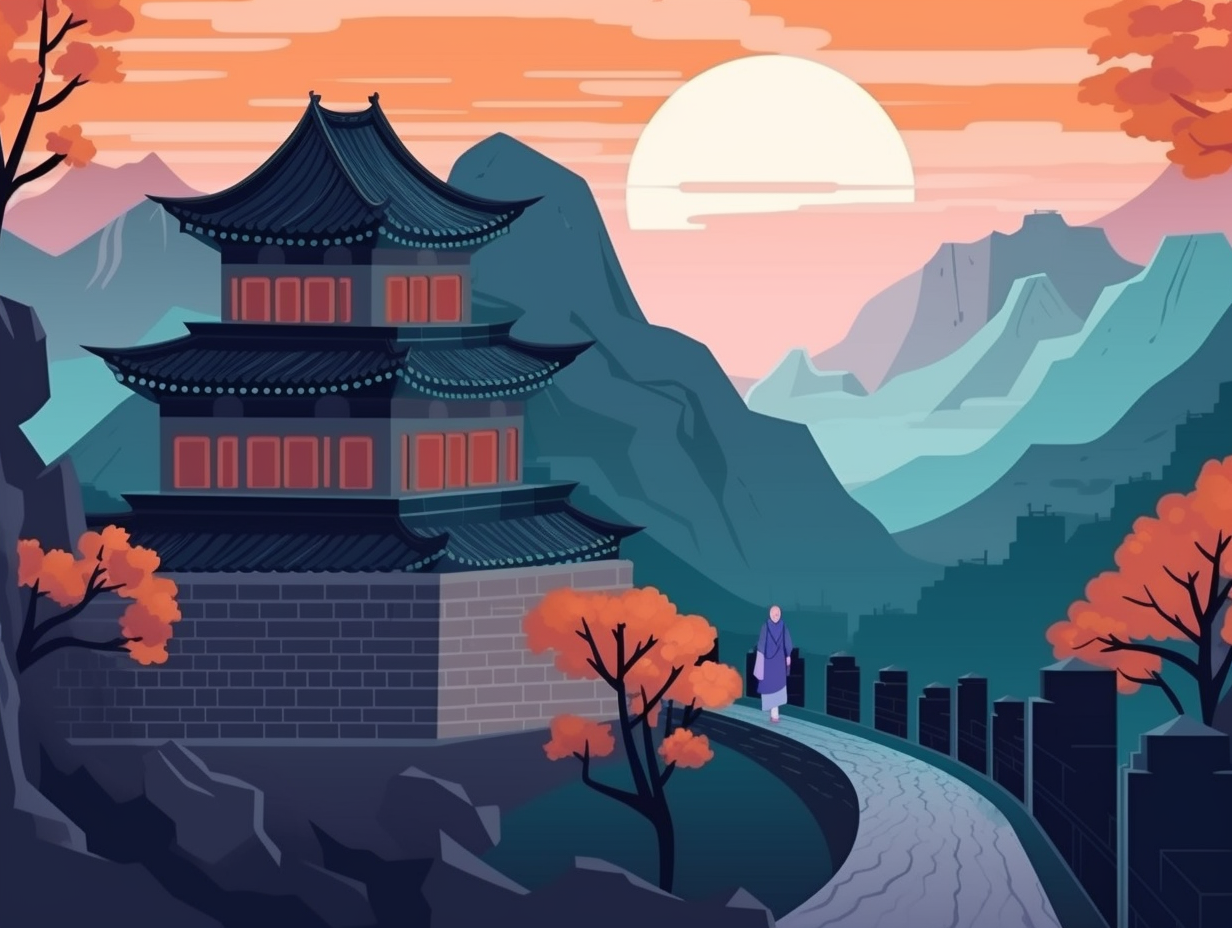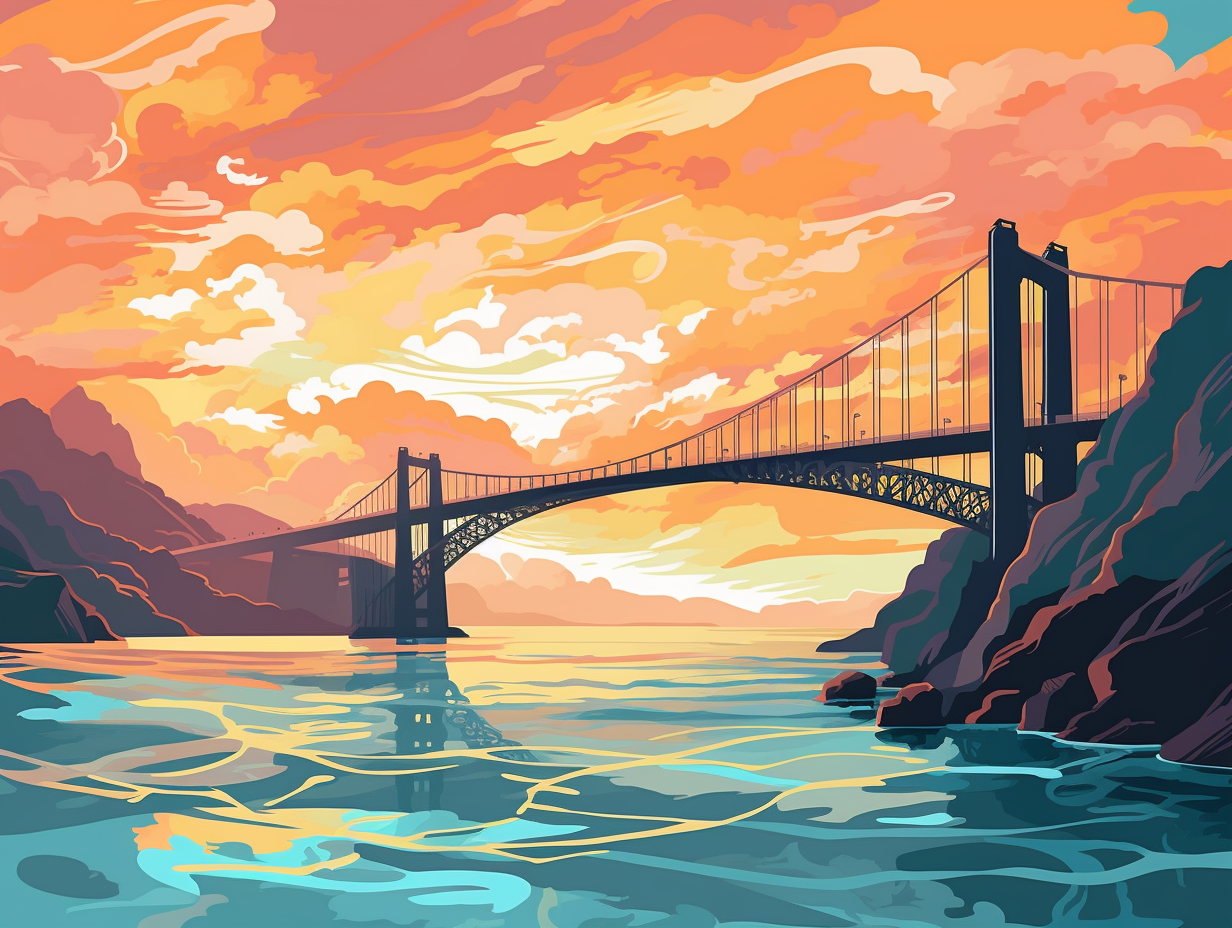Discover the Top 12 Astonishing Fun Facts About Monticello That Will Amaze You!

1. Jefferson vs. Martha Stewart: Garden Showdown
If Thomas Jefferson were alive today, he'd definitely give Martha Stewart a run for her money in the gardening department: Jefferson's Monticello estate boasted a whopping 253 varieties of vegetables and herbs, and 170 varieties of fruits, making it one of the most important agricultural laboratories of its time.
Source => monticello.org
2. Montalto's Nonexistent Observation Tower
Who needs the stairway to heaven when you've got an unbuilt observation tower on Montalto? - Thomas Jefferson, probably: Although Jefferson purchased 483 acres of land on Montalto mountain, he never built his planned observation tower, and the property eventually housed a gift shop and later reverted back to its original name by the Thomas Jefferson Foundation.
Source => monticello.org
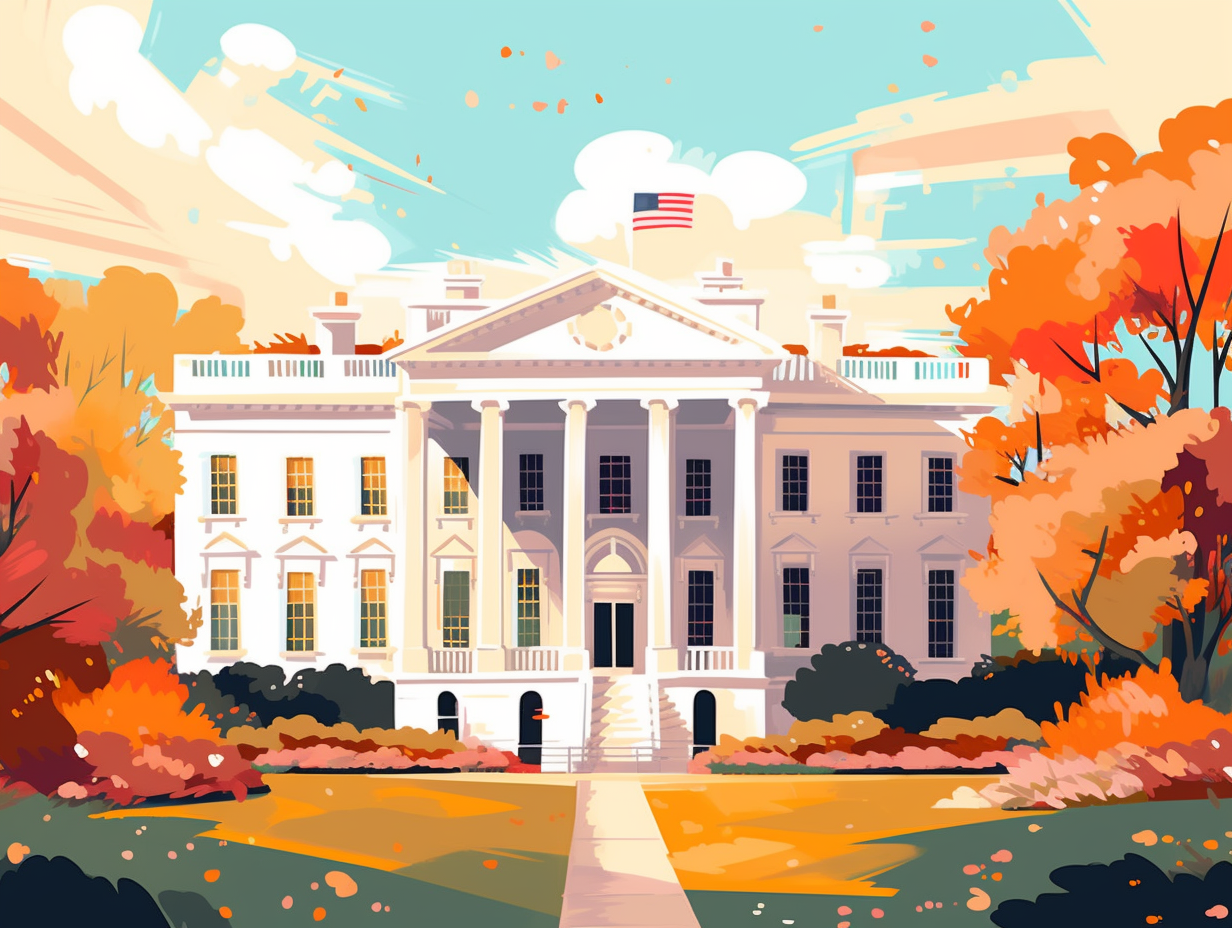
Did you know the White House has been home to presidential pets ranging from furry cabinet members to a kangaroo rat? Discover how these unique animals played a role in shaping political images and providing companionship!
=> Fun Facts about The-White-House
3. Bust Wars: Jefferson vs. Hamilton
When Alexander Hamilton asked Thomas Jefferson, "Why do you have such a big bust?" it wasn't an awkward conversation starter: Jefferson proudly displayed his own larger statue facing the smaller bust of his rival, Hamilton, in Monticello's Entrance Hall, surrounded by other prominent thinkers, European art, and Native American artifacts. This carefully curated collection showcased Monticello as the center of a diverse and thriving young nation, with a recreation of Jefferson's Indian Hall even featuring contemporary Native American artists inspired by the Lewis and Clark Expedition.
Source => monticello.org
4. America's First Wine Enthusiast
Before "expert winos" roamed the earth, our founding father, Thomas Jefferson, paved the way, becoming the first honorary sommelier of the United States: Jefferson's Monticello estate in Virginia, was not only home to the third US president but also served as his personal vineyard, planting a dizzying 287 vines, 24 European grape varieties, and even an Italian Vineyard Society. Despite little success due to vine pests, Jefferson fully embraced his oenophile status, praising local grape wines, traveling through famous wine regions in France, and even becoming a wine consultant for the colonies. Cheers to you, Mr. Jefferson!
Source => pressdemocrat.com
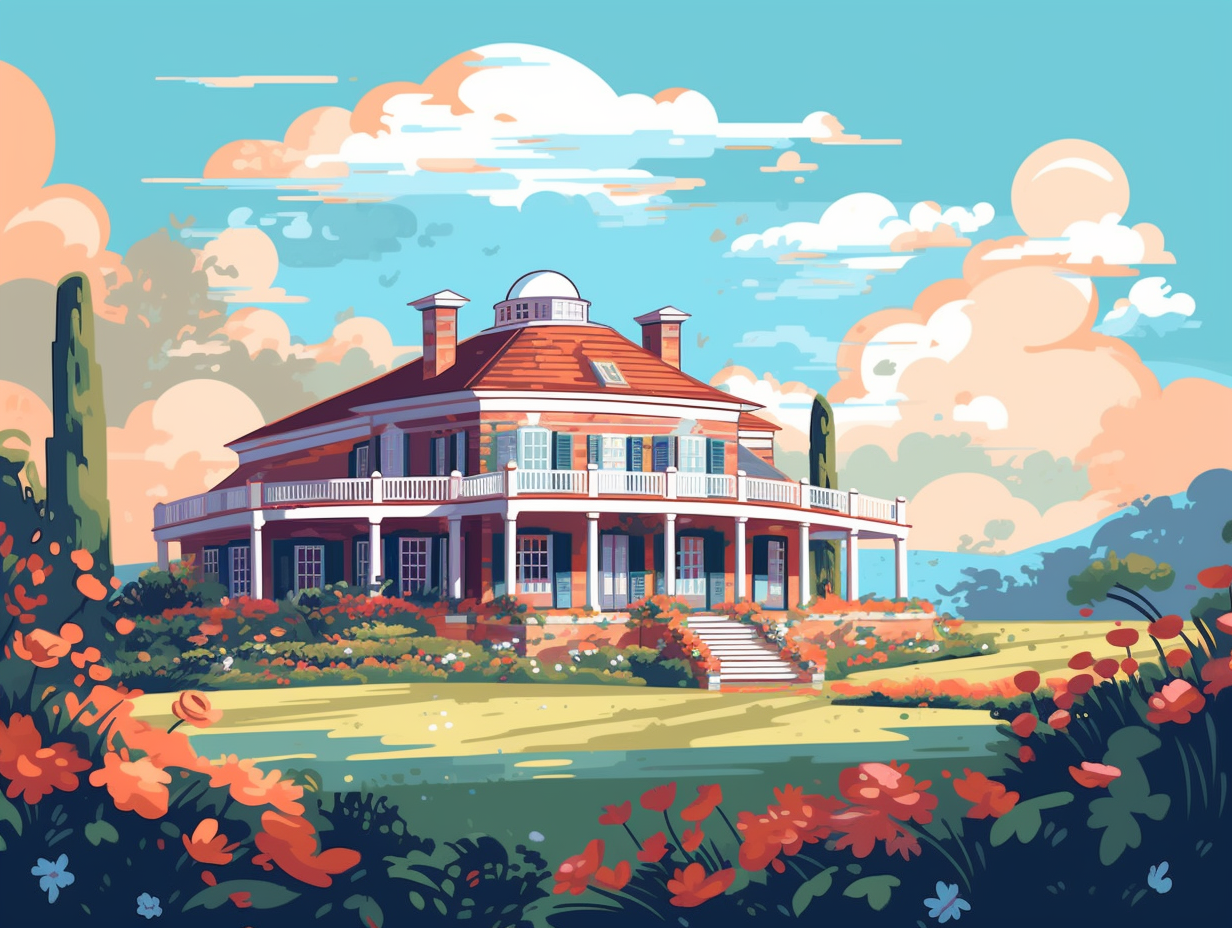
5. The Meteorologist Founding Father
Who needs weather apps when you've got Thomas Jefferson: America's first meteorologist! This Founding Father and resident of Monticello was frothing over fahrenheit and wild for wind currents, obsessively tracking Virginia's climate with twice-daily records and detailed observations about nature's telltale signs. All while living in a pre-thermometer world - what a Fahrenheit 451 for him!
Source => monticello.org
6. Jefferson: Bone Collector Extraordinaire
Before trading stocks, Jefferson was into trading bones: Monticello's Entrance Hall showcased over 300 fossils, including mammoth jawbones, tusks, and teeth, obtained from William Clark's 1807 expedition to Big Bone Lick. Following Jefferson's passing, his bony treasures were transferred to the University of Virginia, with some now preserved at the Academy of Natural Sciences in Philadelphia.
Source => monticello.org
7. America's Next Top Bibliophile
You know what they say: you can't judge a man by his bookshelf, but if you could, Thomas Jefferson would win "America's Next Top Bibliophile" hands-down: His library at Monticello contained over 9,000 books, making it the largest private collection in the country at that time. After the British torched the Library of Congress in 1812, Jefferson sold his hoard to Congress for a cool $23,950, stating no subject was too obscure for a legislator. The Library of Congress is now in the process of reassembling Jefferson's literary masterpiece with the aid of a generous grant.
Source => loc.gov
8. Monticello: The Edible Paradise
If you thought Willy Wonka's chocolate factory was impressive, feast your eyes on Thomas Jefferson's edible paradise: Monticello housed a garden boasting over 300 types of vegetables, herbs, and 170 varieties of fruit, making it a Revolutionary smorgasbord and a melting pot of produce from across the globe. Not only was Jefferson ahead of his time in horticultural prowess, but he saw this garden as a plant-based catalyst for social change and sustainable agriculture, inspiring generations of green thumbs and veggie enthusiasts.
Source => monticello.org
9. Monticello's Iconic Dome
Dome sweet dome: Thomas Jefferson's Monticello had the first dome ever constructed on an American private residence, which originally served as an apartment for his grandson, a cozy hideaway for another grandchild, and now showcases Mars yellow walls with a green painted floor!
Source => chriskern.net
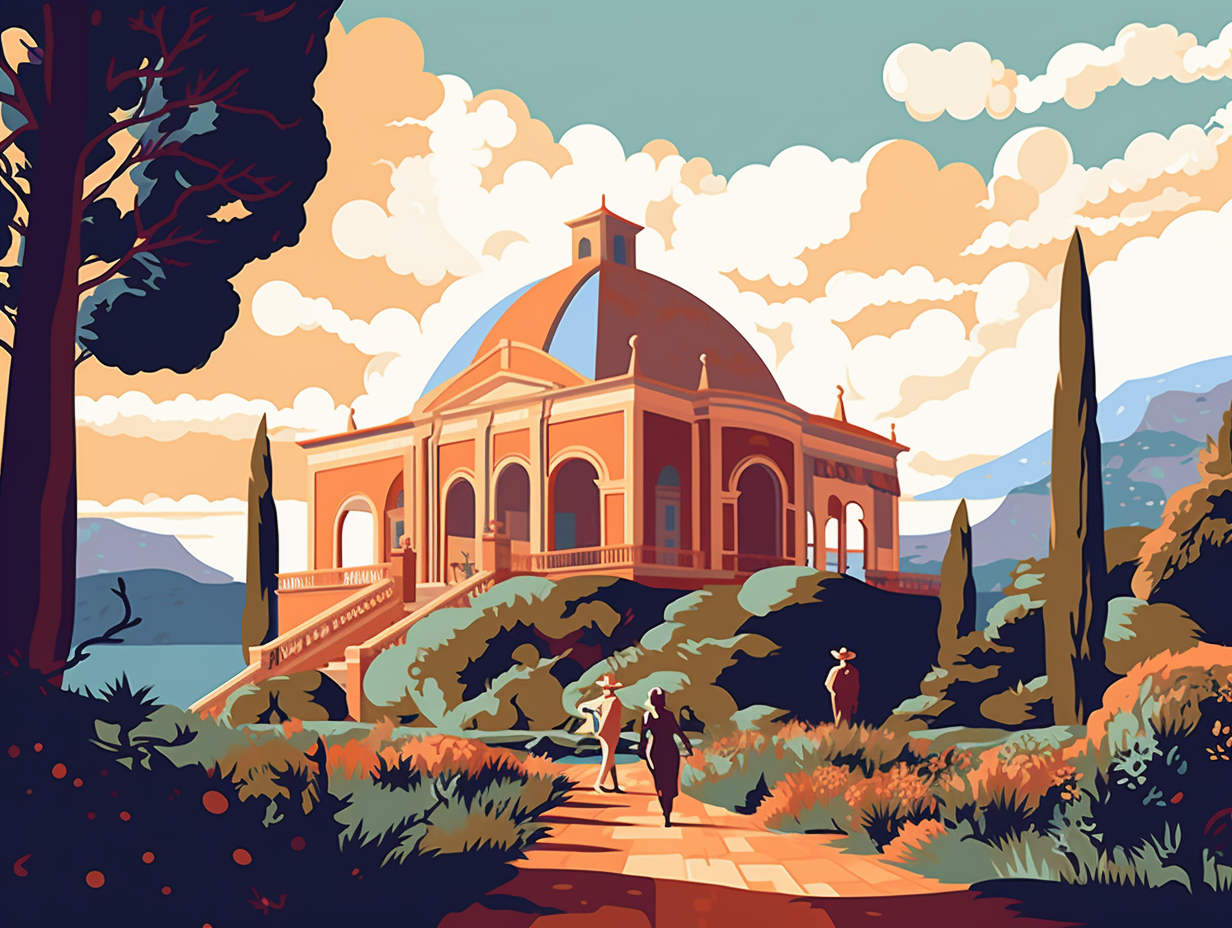
10. The Smithsonian Before It Was Cool
If the walls of Monticello's Entrance Hall could talk, they'd boast about being the hippest, most cultured room in town – a literal "Smithsonian-before-it-was-cool": Heralded as a "museum" by visitors, this hall showcased Jefferson's map collection, minerals from Lewis and Clark's expedition, Native American cultural pieces, and prominent busts of his favorite smarty-pants philosophers. Plus, impressing guests with its grass-green floor, Great Clock, and a display of the Declaration of Independence (Jefferson's little passion project, you know).
Source => monticello.org
11. Cold Water Bathing: Jefferson's Secret to Health
While some may argue bathing in knowledge, Thomas Jefferson preferred to soak in chilly waters: He was a die-hard fan of cold water bathing, a practice he carried out daily for over 60 years and even owned a book published in 1706 on the subject, called The History of Cold Bathing: Both Ancient and Modern. However, his hot date with warm mineral springs in Virginia left him all washed up, health-wise, proving that for him, it was really about morning ice dips for invigoration and good health.
Source => monticello.org
12. Swapping Tobacco for Wheat: A Monticello Makeover
Who needs tobacco when you can vibe with wheat? Thomas Jefferson pulled a smooth crop-swap at Monticello: The founding father instructed his enslaved laborers to ditch the tobacco plantation and grow grains like wheat, leading to a successful transition and leaving about 200 enslaved individuals working the grounds of his mountaintop estate at the time of his demise.
Source => monticello.org
Related Fun Facts

